Comments / Questions (176)
Ourania wrote:
Great thanks for your immediate replies to each of us. Your assistance is really precious
25.11.2014 - 16:18Ourania wrote:
So, the point is that the 204sts of the rib is equal to 176sts of the body piece in order to have a steady width across the body front and back pieces. Is this correct?
24.11.2014 - 17:51DROPS Design answered:
Dear Ourania, it is correct, but in the 176 sts, you will have 15 sts in rib on each side, and stocking st in between. Happy knitting!
25.11.2014 - 09:39Ourania wrote:
Good evening from Greece. I need some help for pattern 135-13. First of all I need to understand the purpose of K2 TOG to *K4-K2 TOG* procedure. Secondly, when I try the round *K4-K2 TOG* and rib *K3-P3* until the 176sts of total for XL, you say to knit rib of 15sts on each side(30sts total) for the remaining sts. The problem for me is that 28sts remain from 176sts to the total of 204sts and the pattern says to knit ribs of 30sts(2x15sts) on the remaining sts. What do I miss?
24.11.2014 - 15:35DROPS Design answered:
Dear Ourania, to get the correct width, you will have to dec number of sts worked in st st, so that you will work K4/K2 tog over front and back pieces - at the same time, you keep 15 sts in rib K3/P3 on each side as follows: *(K4, K2 tog) a total of 14 times (= 84 sts), K3, P3/K3 over the next 15 sts*, repeat from *-* one more time = 204 sts dec to 176. Happy knitting!
24.11.2014 - 16:38
![]() Gudrun wrote:
Gudrun wrote:
Danke für die Antwort!!! hat geholfen. und schon weiß ich wieder nicht weiter. Raglan -Abnahme: Meine Reihen beginnen jetzt immer mit dem linken Ärmel. die 1. Abnahme wäre dann: Rückseite nach den 9M. die 2. Abnahme: Rückseite vor den 9M, die 3. Abnahme: Vordeseite nach den 9M und die 4. Abnahme: Voderseite vor den 9M. Stimmt das? Ich hoffe auf Hilfe, Grüße Gudrun
19.11.2014 - 15:04DROPS Design answered:
Liebe Gudrun, Sie sind jetzt also an der Stelle nach dem Halsausschnitt? Sie müssen die Abnahmen entsprechend so weiterarbeiten, dass es zu den Raglanabnahmen, die Sie vorher in Runden gemacht haben, passt, d.h. Sie müssen im richtigen Rhythmus bleiben.
24.11.2014 - 23:20
![]() Gudrun wrote:
Gudrun wrote:
Bin bei der Rundpasse angekommen und weiß nicht wie ich die 3 Teile zusammen setzen soll. Die Ärmel haben ja ein "Bündchen" welches sich über den gesamten Ärmel nach oben zieht. Dieses soll nach Fertigstellung des Pullis in einer Linie mit dem Bündchen des Vorder/Rückteils sein, welches sich an beiden Seiten über die gesamte Länge des Pullis erstreckt. Wenn ich den ersten Ärmel einstricke, muss ich mit dem Bündchen anfangen, oder nach dem Bündchen oder in der Mitte?
17.11.2014 - 15:10DROPS Design answered:
Die Stelle, an der Sie die Ärmel auf die Rundnadel zu dem restlichen Pullover legen, ist ja genau festgelegt. Sie haben ja die 7 mittleren dieser "Bündchen"-M abgekettet, das ist die untere Ärmelmitte, es bleiben rechts und links davon je 4 M im Bündchenmuster, diese gehen dann in die Raglanschrägung über. Sie legen also einfach die verbleibenden Ärmel-M in die Armausschnitt-"Lücke" am Rumpfteil. Die jeweils abgeketteten 7 M vom Ärmel und Rumpf werden am Ende aneinandergenäht.
18.11.2014 - 09:17
![]() Mara Ferraris wrote:
Mara Ferraris wrote:
Buonasera mi riferisco al modello 135-13 TgS. Sto lavorando lo sprone. Ho fatto le 17 diminuzioni ogni 2 ferri. Mi rimangono da fare le ultime 5 ma non capisco cosa significa che allo stesso tempo devo chiudere allinizio di ciascun ferro 1 m x 2 volte... significa che devo diminuire 2 m per 5 ferri? Scusate ma sono inesperta. Grazie mille e complimentiti
05.11.2014 - 23:26DROPS Design answered:
Buongiorno Mara. Le m a cui fa riferimento, vanno intrecciate vicino al collo. Quando le rimangono le 5 diminuzioni, deve mettere in attesa le 18 m centrali per il collo. Continua poi con le 5 diminuzioni per il raglan ad ogni ferro, come fatto fino ad adesso. Contemporaneamente, all’ inizio del ferro, vicino al collo, deve intrecciare 1 m per 2 volte, da ciascun lato del collo. Buon lavoro!
06.11.2014 - 09:45
![]() Stephan wrote:
Stephan wrote:
Hallo, ik ben nogal nieuw in breien en ik vraag mij af hoe dat gaat met die twee soorten wol. Brei ik die samen, of gaat dat rij om rij?
02.10.2014 - 22:29DROPS Design answered:
Hoi Stephan. Voor deze trui brei je de twee garens samen = een dubbele draad. Veel plezier mee!
03.10.2014 - 11:23Pepii wrote:
OK, bedankt voor de reactie. De voorwaarden liggen voor de hand, dus ja daar houd ik me graag aan!
05.09.2014 - 09:24
![]() Pepii wrote:
Pepii wrote:
Ik ben deze breibeschrijving volledig aan het herschrijven naar topdown, omdat dat een heel praktische manier van breien is. Vinden jullie het o.k. als ik de topdown beschrijving van dit patroon deel met Ravelers? Vast bedankt voor jullie reactie. Oh ja: ik ben dol op de garens van Garnstudio!
22.08.2014 - 19:02DROPS Design answered:
Bedankt voor je bericht. Het mag onder de volgende voorwaarden: vermeld het originele patroon, gebruik de originele foto's, voeg een link toe naar het originele patroon en het allerbelangrijkste, je mag er geen geld voor vragen, want DROPS-patronen zijn gratis. Succes.
02.09.2014 - 15:45
![]() Betina Stegerer wrote:
Betina Stegerer wrote:
Die Anleitung ist mir völlig unverständlich.Wurde die Anleitung aus irgendeiner Sprache per Sprachcomputer übersetzt?
20.08.2014 - 20:25DROPS Design answered:
Liebe Frau Stegerer, wir möchten Ihnen gerne bei der Anleitung behilflich sein, dazu müssten Sie jedoch präzisieren, welche Stellen Sie nicht verstehen.
21.08.2014 - 09:14
Firenze#firenzesweater |
|
 |
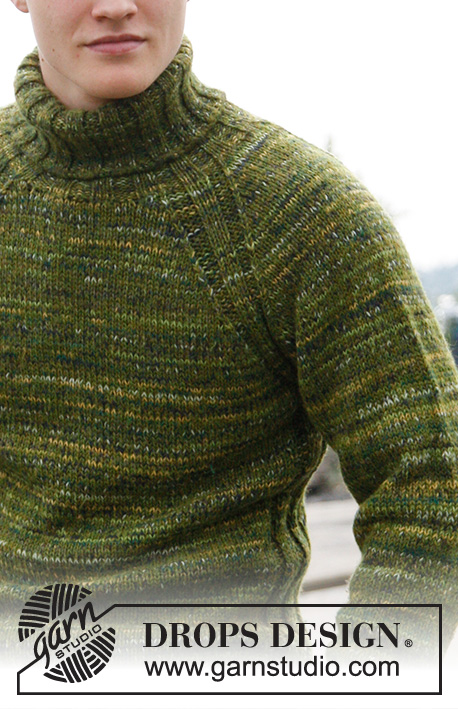 |
Knitted men's jumper with raglan and high neck, in DROPS Alpaca and DROPS Fabel. Size: S to XXXL.
DROPS 135-13 |
|
|
RAGLAN: Dec on each side of the 9 sts in rib in every transition between body and sleeves. Dec as follows from RS: BEFORE the 9 sts: K 2 tog. AFTER the 9 sts: Slip 1 st as if to K, K 1, psso. Dec as follows from WS: BEFORE the 9 sts: P 2 twisted tog (i.e. work in back loop of st instead of front). AFTER the 9 sts: P 2 tog -------------------------------------------------------- BODY: Worked in the round on circular needle. Cast on 168-180-192-204-228-252 sts on circular needle size 4 mm / US 6 with 1 strand Alpaca and 1 strand Fabel. Work rib = K 3/P 3 for 7 cm / 2¾". Switch to circular needle size 5 mm / US 8, work next round as follows: * K 4, K 2 tog *, repeat from *-* a total of 11-12-13-14-16-18 times, K 3, continue rib as before over the next 15 sts (= mid in the side), repeat from *-* a total of 11-12-13-14-16-18 times, K 3, then work rib over the last 15 sts as before (= mid in the other side) = 146-156-166-176-196-216 sts. Continue with rib over the 15 sts in each side and in stockinette st over the remaining sts. REMEMBER THE KNITTING GAUGE! When piece measures 18 cm / 7", inc 1 st on each side of the 15 sts in rib in each side. Repeat inc every 6 cm / 2⅜" a total of 5 times – work the inc sts in stockinette st = 166-176-186-196-216-236 sts. When piece measures 46-47-48-49-50-51 cm / 18"-18½"-19"-19¼"-19¾"-20", bind off the middle 7 sts in rib in each side = 152-162-172-182-202-222 sts remain on needle. Put piece aside and work the sleeves. SLEEVE: Worked in the round on double pointed needles. Cast on 48-48-54-54-60-60 sts on double pointed needles size 4 mm / US 6 with 1 strand Alpaca and 1 strand Fabel. Work rib = K 3/P 3 for 9 cm / 3½". Switch to double pointed needles size 5 mm / US 8. Work next round as follows: Work in stockinette st over the first 33-33-39-39-45-45 sts and rib as before over the last 15 sts (= mid under sleeve). When piece measures 11 cm / 4½", inc 1 st on each side of the 15 sts in rib. Repeat inc every 4-3-3½-3-3-3 cm / 1½"-1⅛"-1¼"-1⅛"-1⅛"-1⅛" a total of 10-12-11-13-12-13 times = 68-72-76-80-84-86 sts – work the inc sts in stockinette st. When piece measures 49 cm / 19¼"" in all sizes, bind off the 7 mid sts in rib = 61-65-69-73-77-79 sts remain on needle. Put piece aside and knit another sleeve. YOKE: Slip sleeves on to same circular needle as body where armholes were bound off = 274-292-310-328-356-380 sts. Work 1 round with K over K and P over P – AT THE SAME TIME inc 1 st in all transitions between body and sleeves (K this st) = 278-296-314-332-360-384 sts. In all transitions between body and sleeve there are now: P 3, K 3 and P 3 = 9 sts in rib. Continue to work K over K and P over P while at the same time dec for RAGLAN – see explanation above! Repeat dec on every other round a total of 17-18-18-18-18-19 times and then on every round a total of 5-6-8-10-12-12 times. AT THE SAME TIME when 5 dec remain, slip the middle 18-19-20-23-25-27 sts mid front on a stitch holder for neck. Work back and forth on needle until finished measurements. AT THE SAME TIME bind off 1 st at the beg of every row 2 times in each side (= towards the neck). After all dec for raglan and bind offs for neck, 80-81-82-81-91-105 sts remain on needle. NECK: Switch to circular needle size 4 mm / US 6. Pick up approx. 22 to 31 sts at the front of neck (includes sts on stitch holder) = 102 to 136 sts. Work 1 round with K over K and P over P while at the same time adjusting no of sts to 102-102-102-114-114-114 (there are now 21-21-21-27-27-27 sts in stockinette st over back piece, 27-27-27-33-33-33 sts in stockinette st over front piece and 9 sts in stockinette st over each sleeve). Continue in rib = K 3, P 3 over all sts - this should work out so that all the raglan sts can be worked as before. When neck measures approx. 20 cm / 8", bind off with K over K and P over P. Fold the neck double towards RS. ASSEMBLY: Sew tog the openings under the sleeves. |
|
 |
|
Have you finished this pattern?Tag your pictures with #dropspattern #firenzesweater or submit them to the #dropsfan gallery. Do you need help with this pattern?You'll find 16 tutorial videos, a Comments/Questions area and more by visiting the pattern on garnstudio.com. © 1982-2025 DROPS Design A/S. We reserve all rights. This document, including all its sub-sections, has copyrights. Read more about what you can do with our patterns at the bottom of each pattern on our site. |
|















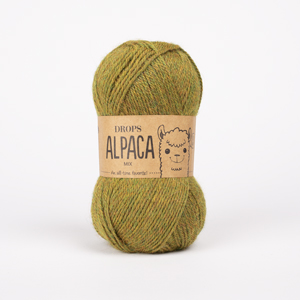
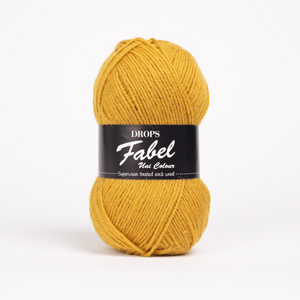
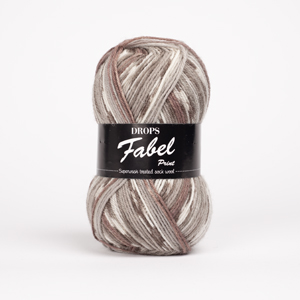


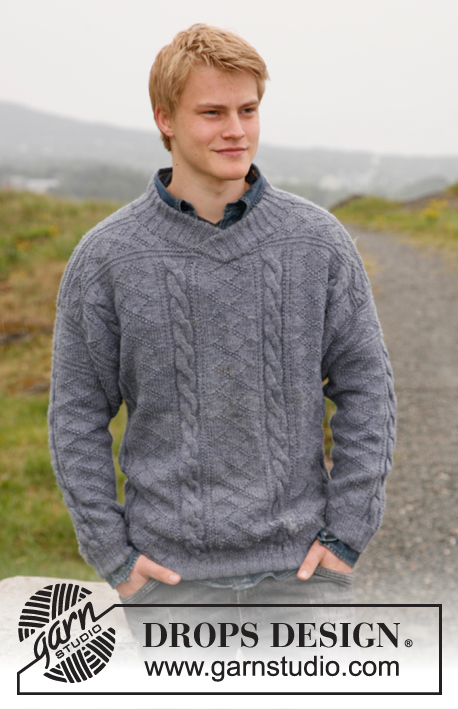


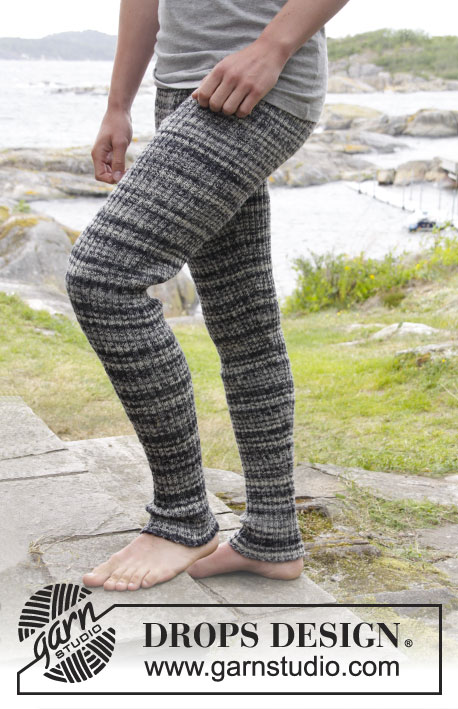
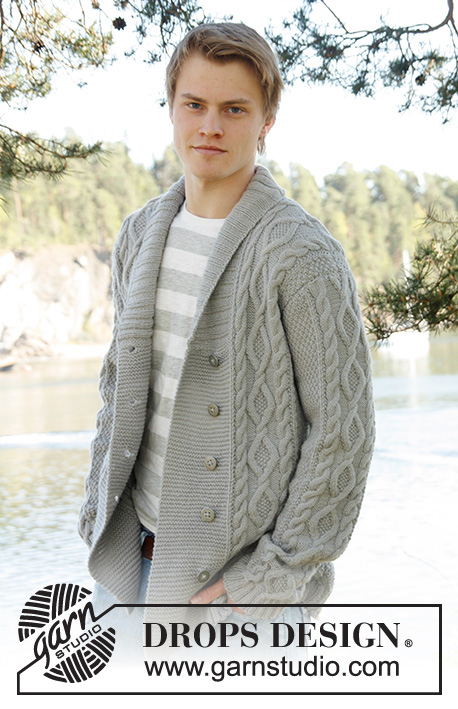





























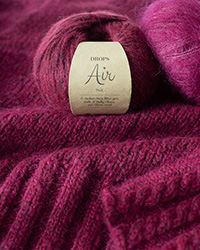
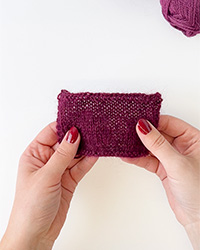




Post a comment to pattern DROPS 135-13
We would love to hear what you have to say about this pattern!
If you want to leave a question, please make sure you select the correct category in the form below, to speed up the answering process. Required fields are marked *.